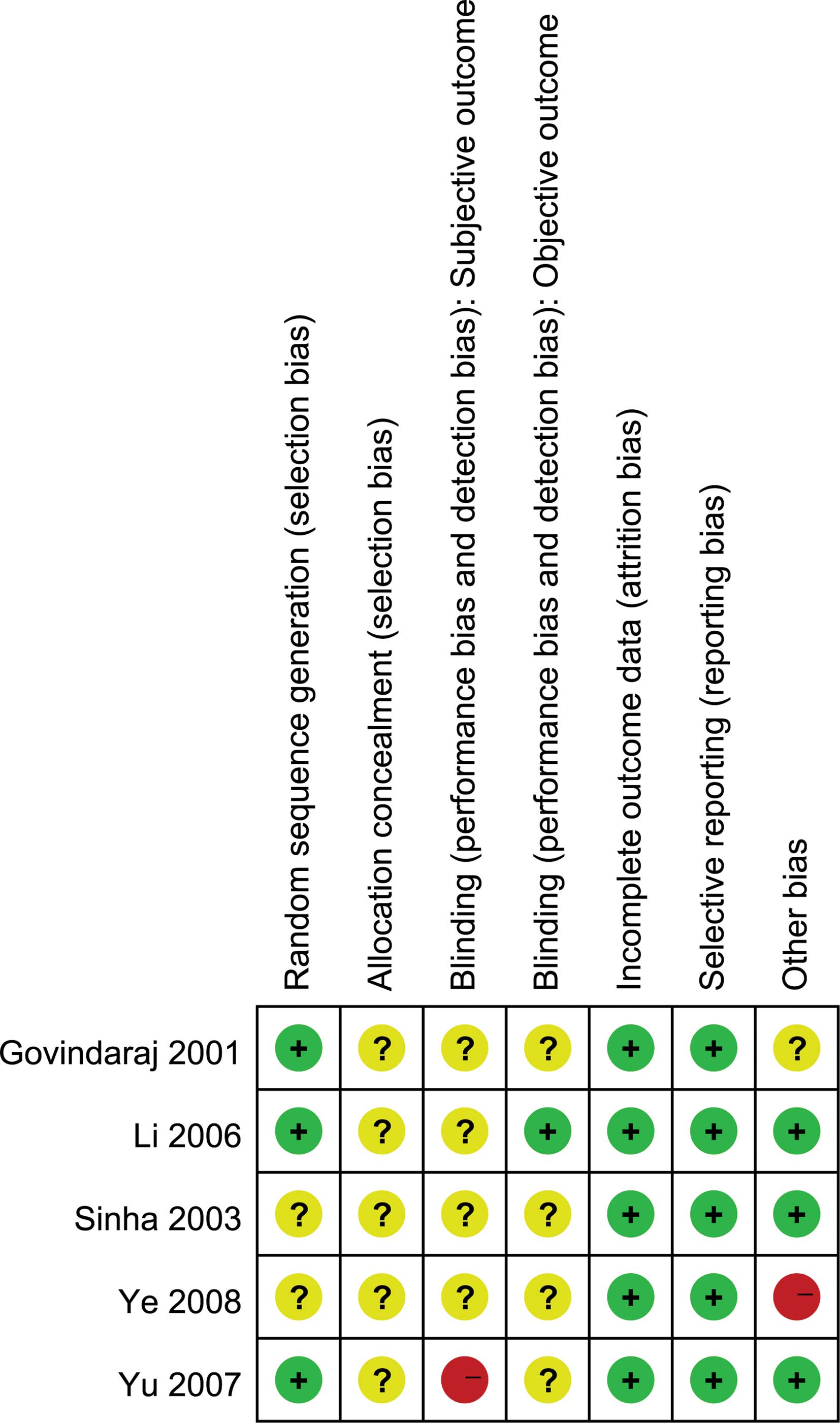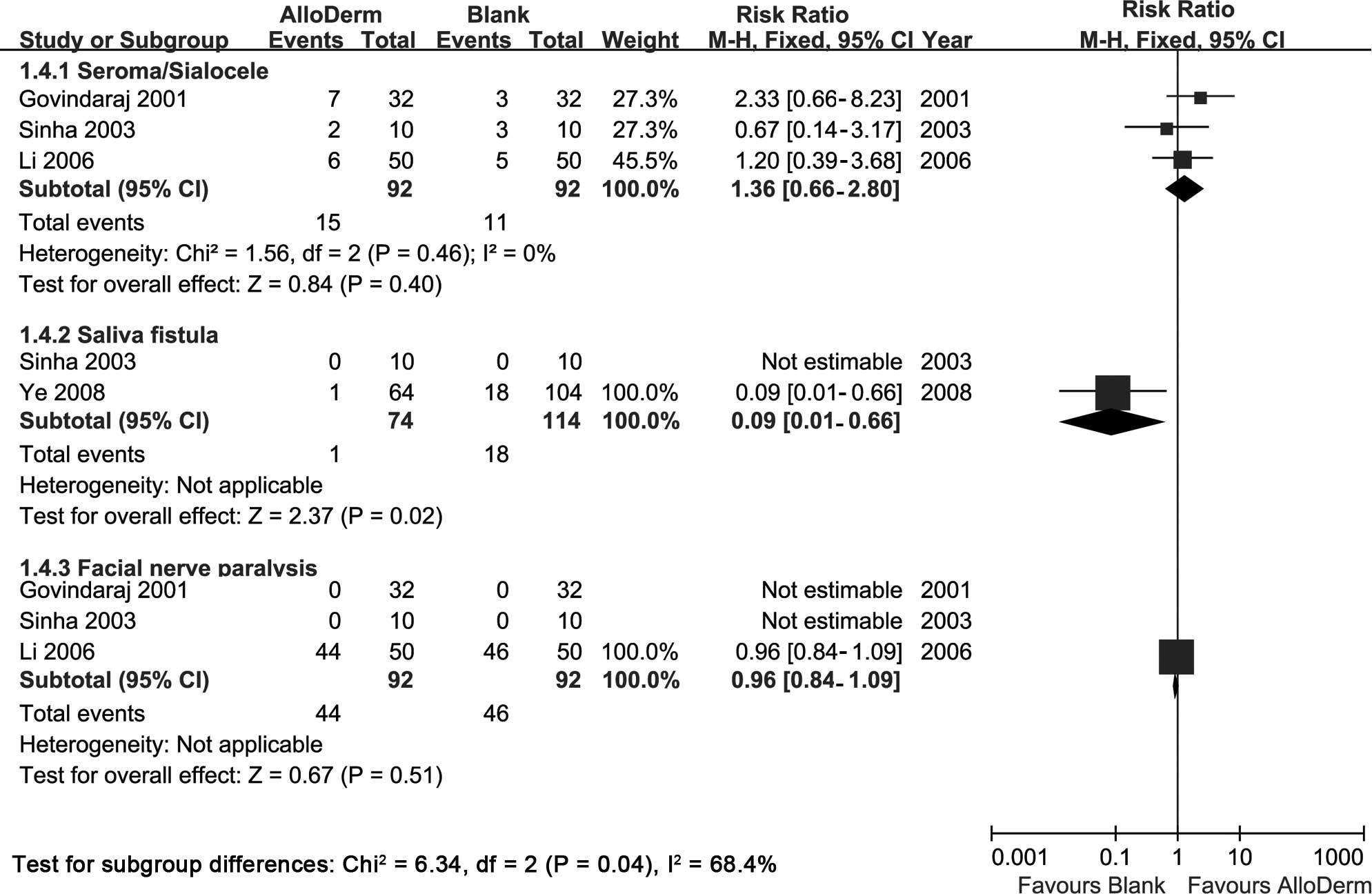|
1
|
MH AnsariSalivary gland tumors in an
Iranian population: a retrospective study of 130 casesJ Oral
Maxillofac Surg6521872194200710.1016/j.joms.2006.11.02517954313
|
|
2
|
EA VuhahulaSalivary gland tumors in
Uganda: clinical pathological studyAfr Health
Sci41523200415126188
|
|
3
|
JA PinkstonP ColeIncidence rates of
salivary gland tumors: results from a population-based
studyOtolaryngol Head Neck
Surg120834840199910.1016/S0194-5998(99)70323-210352436
|
|
4
|
LJ LiY LiYM WenH LiuHW ZhaoClinical
analysis of salivary gland tumor cases in West China in the past 50
yearsOral Oncol44187192200817418612
|
|
5
|
FG SmiddyTreatment of mixed parotid
tumoursBr Med J1322325195610.1136/bmj.1.4962.322
|
|
6
|
YC LimSY LeeK KimConservative
parotidectomy for the treatment of parotid cancersOral
Oncol4110211027200510.1016/j.oraloncology.2005.06.00416129655
|
|
7
|
MA ClaymanSM ClaymanMB SeagleA review of
the surgical and medical treatment of Frey syndromeAnn Plast
Surg57581584200610.1097/01.sap.0000237085.59782.6517060744
|
|
8
|
A HerxheimerGustatory sweating and
pilomotionBr Med J1688689195810.1136/bmj.1.5072.68813510771
|
|
9
|
DH PateyRisk of facial paralysis after
parotidectomyBr Med
J211001102196310.1136/bmj.2.5365.110014057712
|
|
10
|
N MohyuddinSR HoffM YaoThe use of
allograft dermis implants and the facelift incision in parotid
surgeryOperative Techniques in Otolaryngology-Head and Neck
Surgery20114119200910.1016/j.otot.2009.01.010
|
|
11
|
D NitzanJ KronenbergZ HorowitzQuality of
life following parotidectomy for malignant and benign diseasePlast
Reconstr
Surg11410601067200410.1097/01.PRS.0000135326.50939.C115457013
|
|
12
|
M KochJ ZenkH IroLong-term results of
morbidity after parotid gland surgery in benign
diseaseLaryngoscope120724730201010.1002/lary.2082220205175
|
|
13
|
K HarrisonI DonaldsonFrey’s syndromeJ R
Soc Med725035081979
|
|
14
|
R De BreeI van der WaalCR
LeemansManagement of Frey syndromeHead Neck297737782007
|
|
15
|
P DulguerovF MarchalC GysinFrey syndrome
before Frey: the correct
historyLaryngoscope10914711473199910.1097/00005537-199909000-0002110499057
|
|
16
|
P DulguerovF MarchalC GysinThe bullet that
hit a nerve: the history of Lucja Frey and her syndromeJ Laryngol
Otol12010872006
|
|
17
|
DH GlaisterJR HearnshawPF HeffronAW PeckDH
PateyThe mechanism of post-parotidectomy gustatory sweating (the
auriculo-temporal syndrome)Br Med
J2942946195810.1136/bmj.2.5102.94213584806
|
|
18
|
CH BaekMK ChungHS JeongQuestionnaire
evaluation of sequelae over 5 years after parotidectomy for benign
diseasesJ Plast Reconstr Aesthet Surg62633638200918314403
|
|
19
|
D BeutnerC WittekindtS DinhKB HuttenbrinkO
Guntinas-LichiusImpact of lateral parotidectomy for benign tumors
on quality of lifeActa
Otolaryngol12610911095200610.1080/0001648060060673116923716
|
|
20
|
SR BomeliSC DesaiJT JohnsonRR
WalvekarManagement of salivary flow in head and neck cancer
patients – a systematic reviewOral Oncol44100010082008
|
|
21
|
CC WangCP WangPreliminary experience with
botulinum toxin type A intracutaneous injection for Frey’s
syndromeJ Chin Med Assoc68463467200516265860
|
|
22
|
K AsalA KoybasiogluE
InalSternocleidomastoid muscle flap reconstruction during
parotidectomy to prevent Frey’s syndrome and facial contour
deformityEar Nose Throat J841731762005
|
|
23
|
RY RubinsteinA RosenD LeemanFrey syndrome:
treatment with temporoparietal fascia flap interpositionArch
Otolaryngol Head Neck
Surg125808811199910.1001/archotol.125.7.80810406323
|
|
24
|
R Moulton-BarrettG AllisonI
RappaportVariation’s in the use of SMAS (superficial
musculoaponeurotic system) to prevent Frey’s syndrome after
parotidectomyInt Surg811741761996
|
|
25
|
KA WallisT GibsonGustatory sweating
following parotidectomy: correction by a fascia lata graftBr J
Plast Surg316871197810.1016/0007-1226(78)90020-6623929
|
|
26
|
S ChandaranaK FungJH FranklinT KotylakDB
MaticJ YooEffect of autologous platelet adhesives on dermal fat
graft resorption following reconstruction of a superficial
parotidectomy defect: a double-blinded prospective trialHead
Neck31521530200910.1002/hed.20999
|
|
27
|
LJ ShemenExpanded polytef for
reconstructing postparotidectomy defects and preventing Frey’s
syndromeArch Otolaryngol Head Neck Surg1211307130919957576480
|
|
28
|
O Guntinas-LichiusB GabrielJP
KlussmannRisk of facial palsy and severe Frey’s syndrome after
conservative parotidectomy for benign disease: analysis of 610
operationsActa Otolaryngol126110411092006
|
|
29
|
P DulguerovD QuinodozG CosendaiP PilettaF
MarchalW LehmannPrevention of Frey syndrome during
parotidectomyArch Otolaryngol Head Neck
Surg125833839199910.1001/archotol.125.8.83310448728
|
|
30
|
BM AchauerVM Van der KamB CelikozDG
JacobsonAugmentation of facial soft-tissue defects with Alloderm
dermal graftAnn Plast
Surg41503507199810.1097/00000637-199811000-000099827953
|
|
31
|
J ShulmanClinical evaluation of an
acellular dermal allograft for increasing the zone of attached
gingivaPract Periodontics Aesthet Dent820120819969028293
|
|
32
|
DS ThomaGI BenicM ZwahlenCH HammerleRE
JungA systematic review assessing soft tissue augmentation
techniquesClin Oral Implants Res20Suppl
4146165200910.1111/j.1600-0501.2009.01784.x19663961
|
|
33
|
K WebsterEarly results using a porcine
dermal collagen implant as an interpositional barrier to prevent
recurrent Frey’s syndromeBr J Oral Maxillofac
Surg3510410619979146867
|
|
34
|
S GovindarajM CohenEM GendenPD
CostantinoML UrkenThe use of acellular dermis in the prevention of
Frey’s syndromeLaryngoscope111199319982001
|
|
35
|
DZ LiYH WuXL WangSY LiuZJ LiProspective
cohort study on prevention of Frey syndrome in parotid
surgeryZhonghua Wai Ke Za Zhi4410331035200617074239
|
|
36
|
UK SinhaD SaadatCM DohertyDH RiceUse of
AlloDerm implant to prevent Frey syndrome after parotidectomyArch
Facial Plast Surg5109112200310.1001/archfaci.5.1.10912533152
|
|
37
|
WM YeHG ZhuJW ZhengUse of allogenic
acellular dermal matrix in prevention of Frey’s syndrome after
parotidectomyBr J Oral Maxillofac Surg46649652200818547692
|
|
38
|
K YuJ YangMJ LiHB MaClinical application
of acellular dermal matrix to prevent gustatory sweating
syndromeZhonghua Kou Qiang Yi Xue Za Zhi42570571200718070440
|
|
39
|
W ChenJ LiZ YangW YongjieW ZhiquanY
WangSMAS fold flap and ADM repair of the parotid bed following
removal of parotid haemangiomas via pre- and retroauricular
incisions to improve cosmetic outcome and prevent Frey’s syndromeJ
Plast Reconstr Aesthet Surg61894900200818504166
|
|
40
|
MA ClaymanLZ ClaymanUse of AlloDerm as a
barrier to treat chronic Frey’s syndromeOtolaryngol Head Neck
Surg1246872001
|
|
41
|
N PapadogeorgakisV PetsinisP
ChristopoulosN MavrovouniotisC AlexandridisUse of a porcine dermal
collagen graft (Permacol) in parotid surgeryBr J Oral Maxillofac
Surg47378381200910.1016/j.bjoms.2008.09.00418963286
|
|
42
|
JPT HigginsS GreenCochrane Handbook for
Systematic Reviews of Interventions version 510 (updated March
2011)The Cochrane Collaboration2011Available from www.cochrane-handbook.org
|
|
43
|
AR JadadRA MooreD CarrollAssessing the
quality of reports of randomized clinical trials: is blinding
necessary?Control Clin
Trials17112199610.1016/0197-2456(95)00134-4
|
|
44
|
JP HigginsSG ThompsonQuantifying
heterogeneity in a meta-analysisStat
Med2115391558200210.1002/sim.118612111919
|
|
45
|
M EggerGD SmithBias in location and
selection of
studiesBMJ3166166199810.1136/bmj.316.7124.619451274
|
|
46
|
C MacKinnonM LovieAn alternative treatment
for Frey syndromePlast Reconstr
Surg103745746199910.1097/00006534-199902000-000769950578
|
|
47
|
JM CurryN KingD ReiterK FisherRN
HeffelfingerEA PribitkinMeta-analysis of surgical techniques for
preventing parotidectomy sequelaeArch Facial Plast
Surg11327331200910.1001/archfacial.2009.6219797095
|
|
48
|
SM SachsmanDH RiceUse of AlloDerm implant
to improve cosmesis after parotidectomyEar Nose Throat
J86512513200717915677
|
|
49
|
JC Lopez GutierrezThe SMAS fold flap and
ADM repair of the parotid bed following removal of parotid
haemangiomas via pre- and retroauricular incisions to improve
cosmetic outcome and prevent Frey’s syndromeJ Plast Reconstr
Aesthet Surg61900200818504166
|
|
50
|
JK WuThe SMAS fold flap and ADM repair of
the parotid bed following removal of parotid haemangiomas via pre-
and retroauricular incisions to improve cosmetic outcome and
prevent Frey’s syndromeJ Plast Reconstr Aesthet
Surg21889900200818504166
|
|
51
|
J RustemeyerH EufingerA BremerichThe
incidence of Frey’s syndromeJ Craniomaxillofac Surg3634372008
|
|
52
|
S MalatskeyI RabinovichM FradisM PeledFrey
syndrome – delayed clinical onset: a case reportOral Surg Oral Med
Oral Pathol Oral Radiol Endod943383402002
|
|
53
|
GI WenzelW DrafUnusually long latency
before the appearance of Frey’s syndrome after
parotidectomyHNO525545562004(In German).
|
|
54
|
AG ShumanCR BradfordEthics of Frey
syndrome: ensuring that consent is truly informedHead
Neck3211251128201010.1002/hed.2144320641103
|
|
55
|
KF SchulzDG AltmanD MoherC GroupCONSORT
2010 statement: updated guidelines for reporting parallel group
randomised trialsBMJ340c332201010.1136/bmj.c33220332509
|















